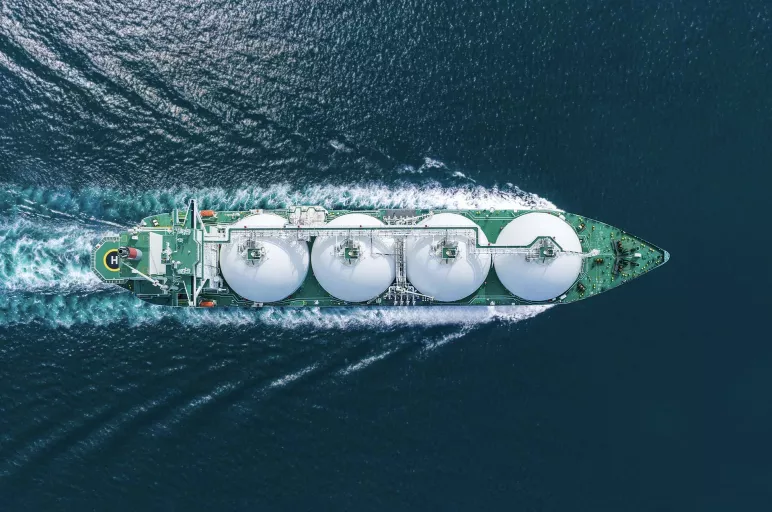
Procurement’s Role in Chemicals M&A: How It Makes a Difference
- Early involvement of procurement is crucial for chemical companies in M&A target evaluation, due diligence, and post-merger integration planning to accelerate synergies.
- Applying category management strategies across broader spend and rationalizing suppliers post acquisition enable chemical companies to capture quick savings and economies of scale.
- Apart from cost benefits, procurement plays a key role during M&A integration by identifying risks, maintaining continuity, and laying the groundwork for operational synergies.
February 05, 2024 | Procurement Strategy
The global chemicals industry has seen robust mergers and acquisitions (M&A) activity in recent years. With companies seeking innovation, new capabilities, and access to growing markets, procurement’s role in chemicals M&A needs to be leveraged better as it can add significant value to the entire process. By understanding industry challenges and applying effective strategies, procurement can help drive better M&A outcomes.
Challenges in the Chemicals Sector and How Procurement Can Help
The chemicals sector faces headwinds from fluctuating oil prices, environmental regulations, global trade wars and cyclical industrial demand. This leads to margin pressures and the need for consolidation. Procurement can provide support by assessing potential targets for resource/feedstock access, innovative chemistries, synergistic product lines, and market reach.
During due diligence, procurement analyzes supplier contracts, pricing trends, and supply security risks across the combined entity. Post M&A, applying strategic sourcing and category management best practices across broader spend help optimize costs. Renegotiating contracts, rationalizing suppliers, and coordinating purchasing volume enable economies of scale.
Success Strategies in the Chemicals M&A Process
Leading chemical companies ensure procurement is involved early on when evaluating targets. The first hundred days after a deal is closed represent a crucial integration phase. Maintaining business continuity, realizing quick savings opportunities, and building relationships are imperative. This requires planning sourcing strategies for joint growth areas and managing cultural integration across procurement teams.
Strategic consideration of manufacturing locations and coordinated logistics also lower working capital needs. A coordinated effort with operations and R&D helps minimize transitional challenges when acquiring innovative intellectual property (IP). Overall, early involvement of procurement leads to lower operating risks and quicker time-to-value.
Understanding Procurement’s Transformational Value
As M&A activity increases across chemicals and specialty materials, procurement has an opportune stage to showcase transformational capacities that drive larger strategic impact for the organization. By harnessing digitalization, applying advanced analytics to generate supplier insights, and integrating cognitive technologies — procurement can move up the value chain toward enhanced decision making. Using predictive data modeling and scenario planning, procurement can provide projections on raw material price risks, supply security variables, and their linkage to target valuation.
Deploying robotic process automation (RPA) to process due diligence contracts and invoices at pace and scale gives way to refinement of synergy assumptions. As strategic advisor, procurement can simulate optimal manufacturing locations, inventory positioning, and logistics networks for merged entities. Ultimately, as chemical companies pursue innovation and growth through M&A — a future ready procurement function needs to tap its full potential to model scenarios, mitigate risks, enable new product expansion, and facilitate market access — delivering outsized impact.
Benefits of Involving Procurement in the M&A Process
Beyond quantifiable cost savings, M&A success depends greatly on how well synergies are enabled across functions during integration. As process owners managing external spend, procurement plays a pivotal role across multiple dimensions:
- Providing category and supplier landscape context during target evaluation to assess risks, value drivers and savings opportunities.
- Conducting due diligence on suppliers, pricing trends, service-level agreements and risks
- Developing the crucial value capture plan encompassing savings tracking governance, quick wins and longer-term roadmap
- Identifying integration risks and creating mitigation strategies across merging geographies, regulations, cultures
- Leading post-merger supplier and contract rationalization initiatives to optimize networks
- Overseeing dis-synergy elimination planning through system integration and process transition
By orchestrating these critical activities, procurement facilitates faster synergies and smoother integration — contributing significantly to overall M&A success. Supply base continuity, cost optimization and growth synergy planning are all within procurement’s purview during complex mergers.
Conclusion
The pace of consolidation in the global chemicals industry is expected to continue as companies seek to manage industry challenges and pursue growth. By leveraging deep category expertise and integration management capabilities, procurement has a valuable role to play throughout the M&A process. Chemical companies that strategically involve procurement in target evaluation, due diligence and post-merger integration are better positioned to reduce risks, lower operating costs, and accelerate time-to-benefit from acquisitions.
M&As are not just about cost savings or revenue growth, they are also about gaining the ability to expand to newer markets and getting access to new technologies for an enhanced product lineup.



